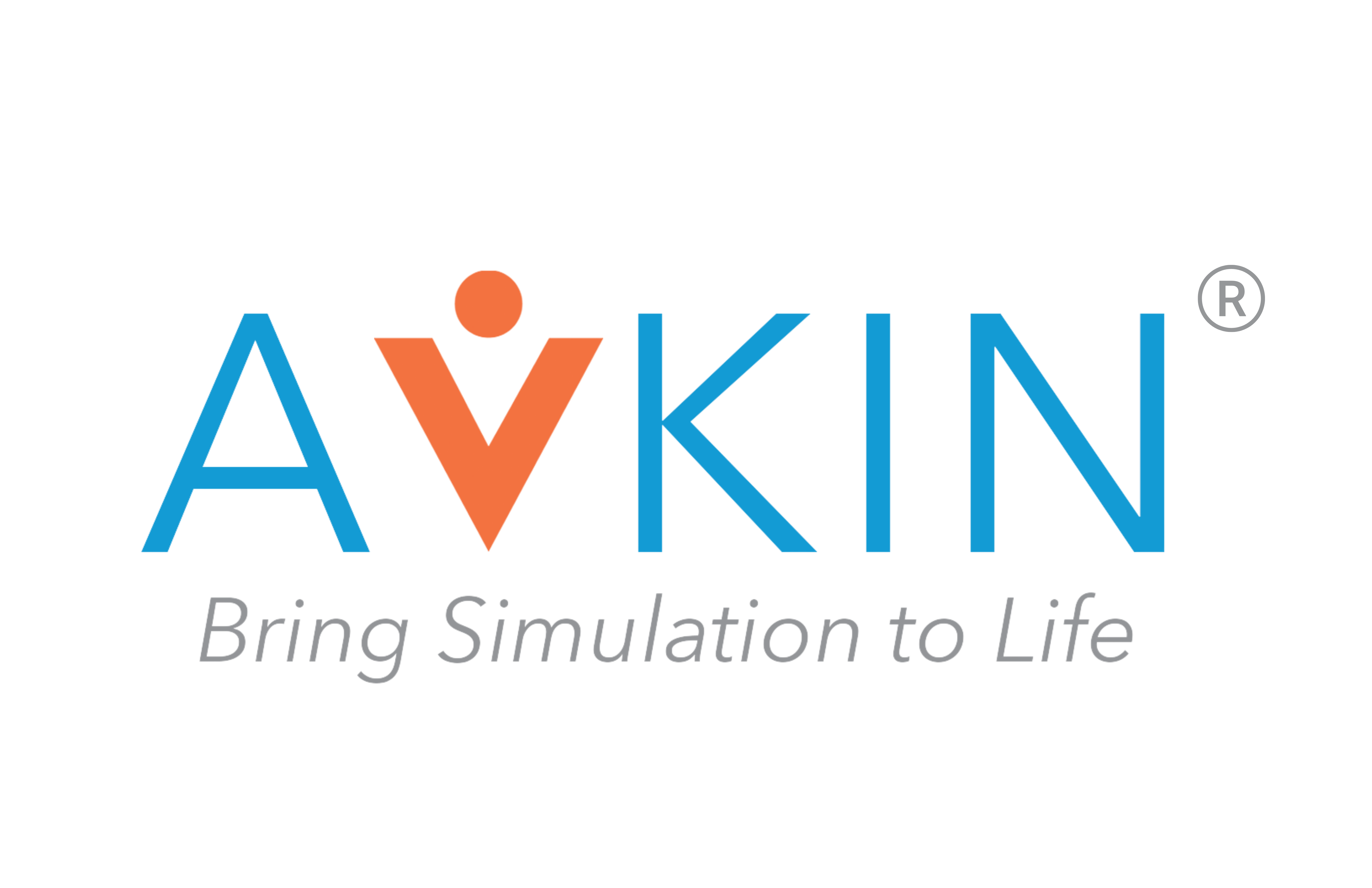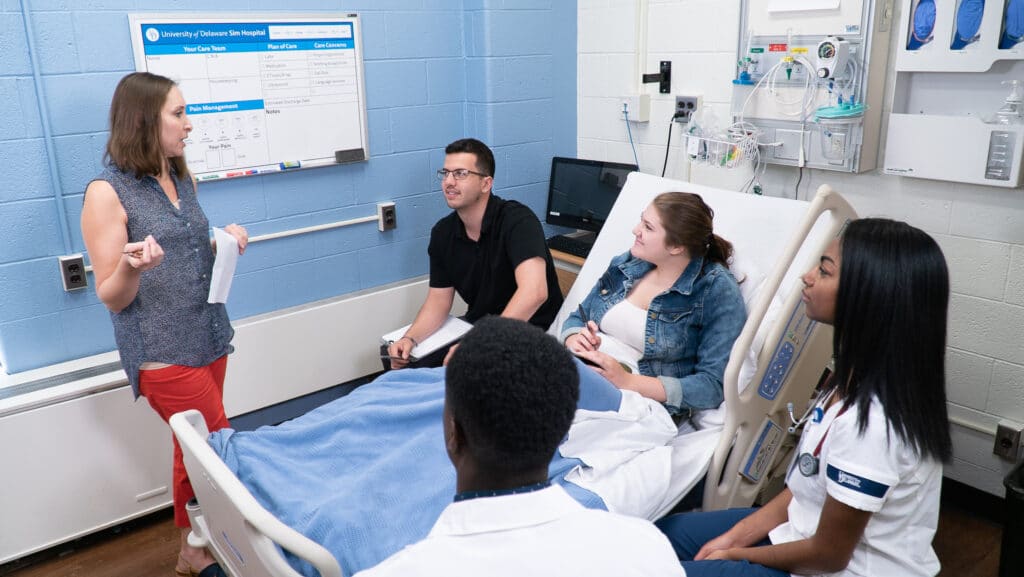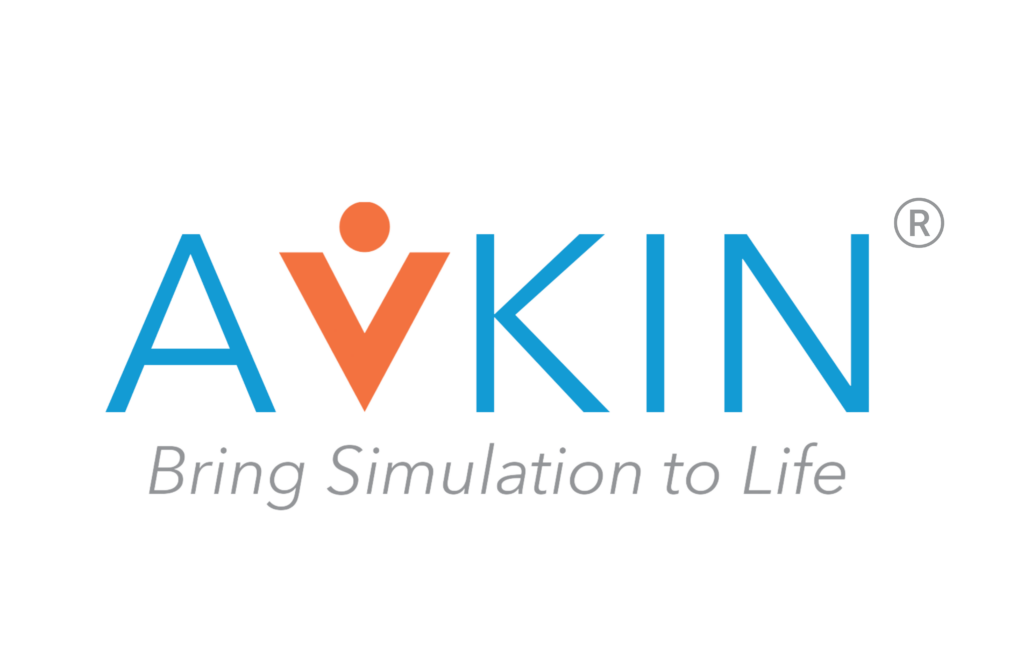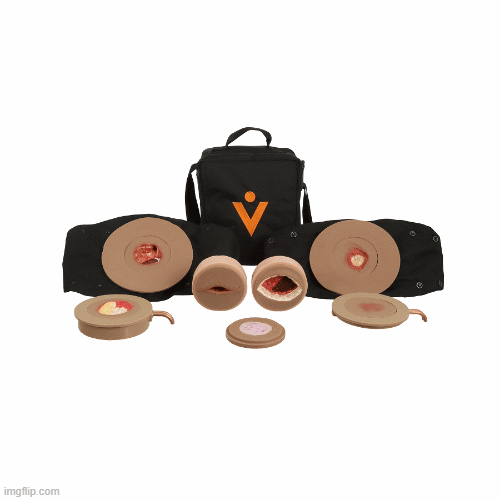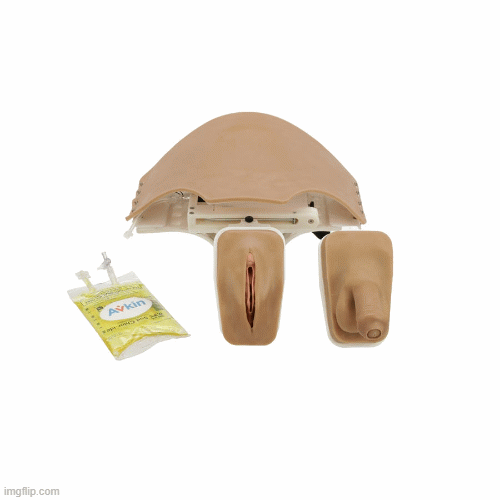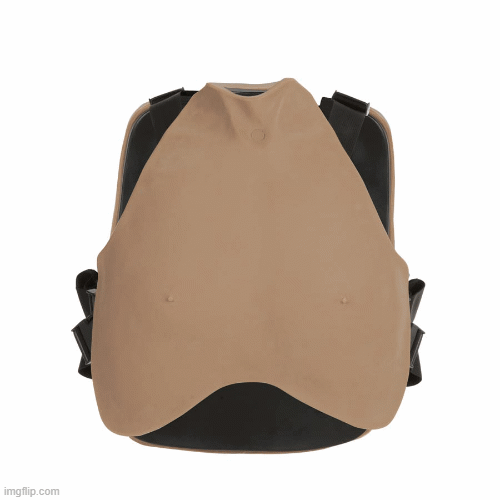- Basics – set the foundation for success
If you are new to using live people in simulation, it is important to note that they will not know what you expect of them right off the bat. It’s best to schedule six to nine hours of basic training with all new Simulated Participants (SPs). While this can be onerous, it is crucial to develop this baseline when you train SPs.
The first step when using live people in simulation is to explain the history of simulation. Anyone involved in the simulation experience needs to understand the intention behind it. The fundamental principle of simulation is that it’s a learning experience and needs to be a safe environment for the participants to learn. SSH Dictionary is a free download and a great resource for educating on common simulation definitions.
Well trained SPs will utilize standardization in every simulation experience. There are two kinds: Individual Standardization and Team Standardization.
Individual Standardization – a simulation using the same person trained to portray a scenario and perform at the same level of difficulty for every simulation. Regardless of performance from the participants, the SP will maintain the same level of difficulty resulting in participants receiving the same simulation experience. It is paramount that your SPs do not lead the learner and give them answers in the simulation experience.
Team Standardization – a simulation using multiple SPs to portray the same patient by presenting the same level of a barrier, resulting in participants receiving the same simulation experience. This is to ensure consistency across your SPs and make sure learners are experiencing the same simulation experience regardless of the SP they interact with.
- Feedback – where the bulk of learning happens
Feedback is an essential skill to develop for all SP. It is common for SPs to feel intimidated at the thought of giving feedback to learners, but honest feedback is key to developing healthcare professionals. How institutions include SPs varies, but it is important to identify how the SP will be giving feedback. Evaluating performance requires very different feedback than a formative learning experience.
Each SP needs to be trained on the feedback or assessment tool that will be used in the simulation. Failure to adequately train an SP can lead to inaccurate results. Providing appropriate training on each section and expectations of the participants is a critical component of SP training that often gets overlooked.
- Dress Rehearsal – set the stage
Providing training on each case will give SPs the necessary confidence going into the simulation. The goal of a dress rehearsal is to prepare all your SPs for the same role before the simulation experience. They should take place one week before the simulation experience, so it gives them time to process and practice their role, but not so far ahead that they forget the details of the training. All SPs should read their character description ahead of time and show up prepared. The SP Educator should lead the dress rehearsal, but simulation faculty and a content expert should attend and assist in patient realism.
At the beginning of the dress rehearsal, you want to answer any questions that the SP has about the character or character description. Then, a quick quiz will ensure that the SPs came prepared and know their character ahead of time. Afterward, move into a general overview of the simulation and the expected level of participation. This is the area that the content expert and simulation faculty can help develop a realistic interaction. Dress rehearsals should be a relaxed environment and very conversational.
- PRACTICE – the most underused tool in your toolbox
After you have completed the overview of the character, you’ll want to practice right after. This practice session should resemble the simulation as much as possible; the SPs should be in the same clothes they will wear for simulation, in the room where the simulation will occur, and with all the same equipment participants will use in the simulations.
Ask for a volunteer, but let them know that all SPs will be practicing. Get the first SP in position and ready to practice while all of the other SPs watch in the control room. Depending on the institution, the SP educator or simulation faculty will portray the participants. Knock on the door and run through the first five minutes of the simulation.
The SP educator will be the one to stop the interaction and will give immediate coaching to the SP while all SPs are listening. Then, switch to the next SP, go through the next five minutes of the simulation, stop, and give more coaching. It is common for coaching notes to decrease as you go because, they can hear and implement notes given to the SPs that practiced before them.
Do NOT ask the SPs if they want to practice. They will likely say to avoid being vulnerable. However, to ensure standardization and quality performance, you must see them play the patient ahead of time. If an SP is struggling, invite them to stay for one-on-one coaching. Usually, the additional work will get them to the right spot. If they are still struggling, place them in a different role where they may succeed.
- Coaching – improving your SPs improves learner outcomes
After the dress rehearsal, training does not stop, even on the day of the simulation. Ongoing coaching is crucial to developing SPs, especially for their first time in a role. The observer can be the SP educator or an experienced SP and will watch in the control room with the simulation faculty and take notes. After the simulation and after the SP has given feedback, they will go into the room and give coaching notes on the performance and on the feedback the SP gave to the learner.
Coaching notes should be given in a casual conversation with just the observer and the SP. Make sure to answer any questions the SP may have; after the first simulation they may be looking for guidance and reassurance. Celebrate what they did well, but be straightforward about areas for improvement. Make sure the SP knows the observer is there to help and support; not there to grade or evaluate them. After coaching, watch their second simulation to ensure they implement the coaching notes.
Bonus – thanks for reading this far
If you are struggling with an SP after implementing these training techniques, it is time to take a step back and evaluate if they can be an SP. If they are defensive during coaching and not receptive to direction, it is best for everyone to end the relationship sooner rather than later.
Avkin’s SP Certificate program will take care of training SPs for you. Participants who finish the program will be trained with the best practices and be able to enhance learner outcomes. Learn more about the Avkin SP Certificate by clicking here.
Remember, you can train a professional person to be a good actor, you cannot train a good actor to be professional.
